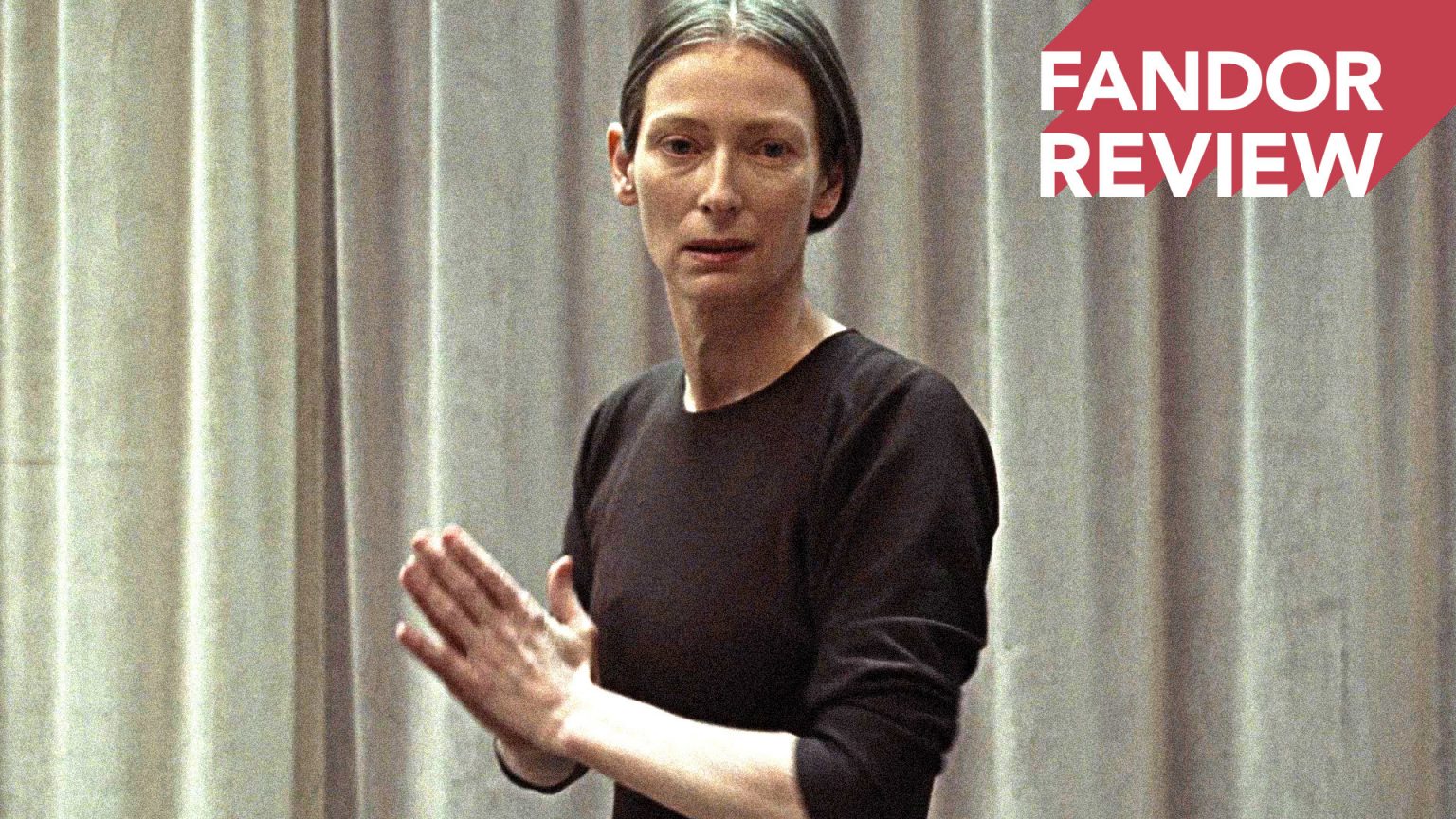Luca Guadagnino’s Suspiria is not a remake of Dario Argento’s classic of the same name. And it’s all the better for it; it’s intellectual, feminist, messy, stomach-churning, schlocky, and willing to get completely bonkers in its home stretch. Unlike Argento’s narratively lean original, Guadagnino takes the original mash-up premise of witches at a dance school and layers on weighty political themes about division and the futility of repressing an individual’s (or a nation’s) shameful history.
Set in 1977 Berlin, the film — like Argento’s — follows American Susie Bannion’s (Dakota Johnson) admittance into the prestigious Markos Dance Academy. Susie quickly rises through the ranks, showing an unrivaled passion and willingness to give herself to the form. Her almost ritualistic style catches the eyes of Madame Blanc (Tilda Swinton), the director of the dance academy. Because of her skill, Blanc and the other teachers wonder whether Susie will be the next sacrifice to Helena Markos (also Tilda Swinton) — the old witch who created the coven.
In a parallel storyline, Patricia (Chloë Grace Moretz) has tasked German psychiatrist Dr. Josef Klemperer (once again, Tilda Swinton) with unraveling the coven of the Markos Academy and preventing any further sabbath rituals. While hesitant to believe Patricia and her wild recounts of the spells and violence taking place at the Academy, Klemperer begins his own investigation, unearthing shocking surprises along the way.
To say more on the plot would both spoil well-kept secrets, as well as further convolute an already convoluted story.
While marketed as a horror film, there are only a few truly graphic scenes that prove unsettling. The most stomach-churning moment occurs around the forty-minute mark (in a film that clocks in at a fairly epic two hours and thirty-two minutes), in which Susie performs an intensely physical dance while another dancer is grotesquely broken. With each of Susie’s violent twirls and movements, the other dancer breaks and contorts — with Guadagnino emphasizing both the sound and image of the dancer’s pain. It’s a grisly, disturbing, yet impressively staged sequence that points to the film are more art-house trappings than anything resembling a traditional horror film.
While some of its more overtly horrific sequences succeed in provoking the audience, it’s the film’s ideas, as well as the sprawling and cryptic narrative, that will make people love or hate Suspiria. Once the credits roll, you’ll either feel completely consumed by the film or, you’ll feel so baffled by Guadagnino’s go-for-broke, everything but the kitchen-sink mode of filmmaking that you’ll dismiss it.
In fact, I’d go so far as to say that Suspiria is 2018’s version of mother! It’s bound for the infamous “F” CinemaScore based on the likely majority of shocking audiences, yet unlike Aronofsky’s rather on-the-nose narrative of “Mother Earth ruined by man,” there are truly significant ideas to chew on here. Those ideas just don’t reveal themselves immediately, in large part due to Guadagnino’s visceral, experiential filmmaking. One example of this is that outside of two lesser roles, every character in the film is a woman or played by a woman — such as Swinton playing Klemperer. Guadagnino has crafted the film to be about the violence perpetrated towards women, and even the violence they are capable of causing. By giving the film a deeply feminist perspective, the film’s enigmatic approach begins to reveal itself through these coded symbols.
While Argento kept his film focused on the dance academy and the witches, Guadagnino, and screenwriter David Kajganich venture out into divided East-West Germany — the violence and the politics of the Red Army Faction (a far-left militant organization that was active during the Cold War) are regularly discussed. And make no mistake, the horror of the Holocaust and the refusal of the German people to discuss the legacy of Nazism creep into many scenes in the film. When it comes to horror, to Guadagnino, the emptiness of a slasher film is far from his mind. Instead, he’s more interested in violence as something that’s grotesque and in need of analysis.
With this much on the film’s mind, it’s easy (and not incorrect) to label Guadagnino’s Suspiria pretentious. Its subtitle is “Six Acts and an Epilogue in a Divided Berlin,” after all. And, though the Italian filmmaker explores some heady ground, not every idea is as fleshed out as it could be, like the subplot of Klemperer losing his wife in a Nazi concentration camp. But when examined as a powerful, violent, rage-inducing treatise on the nature of the world, one that is full of violence (especially towards women), it’s apparent Guadagnino is not making a film meant to be easily digested. When I walked out of the film, I quite honestly was left shaking my head, asking, “What did I just watch?” I knew I liked it, but I wasn’t quite sure why.
Seventy-two hours later, I couldn’t escape the film. Like the worst nightmares, it stayed with me. Its themes, its images, its sounds, continued to haunt me. I kept thinking about the film’s exploration of the thousand-year mythology surrounding witches, of Germany’s troubling period from World War II to the Cold War, and even the implications surrounding today’s troubled present, and I came to the conclusion that Suspiria is a film that’s unapologetically confrontational.
It might not be a remake of the classic Argento film, but it’s still an instant classic.
Watch Now: Dario Argento’s cult Giallo masterpiece, “The Bird with the Crystal Plumage.”




